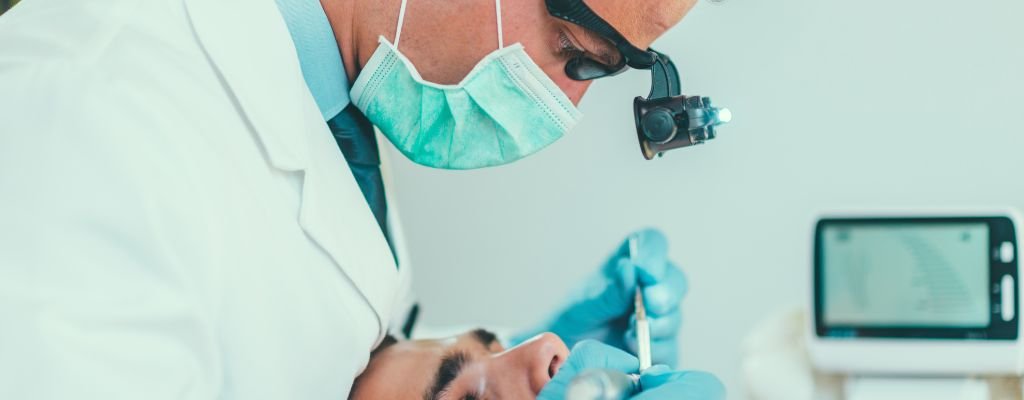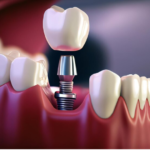Root canal treatment UK is a common dental procedure aimed at saving a severely infected or damaged tooth by removing the infected pulp and sealing the root canal. While the procedure itself may only take one or two visits to the dentist, the healing process afterward is crucial for the long-term success of the treatment. Understanding the timeline and factors affecting the healing of a tooth root canal can help patients manage their expectations and ensure optimal outcomes.
Immediate Post-Treatment Period
Initial Relief from Pain
Following a root canal procedure, patients typically experience immediate relief from the severe tooth pain that prompted the treatment. This is because the infected pulp, which caused the pain, has been removed, and the tooth has been sealed to prevent further infection. However, some discomfort or sensitivity may persist for a few days as the surrounding tissues begin to heal.
Temporary Restoration Placement
In many cases, a temporary restoration, such as a filling or crown, is placed over the treated tooth to protect it while a permanent restoration is being fabricated. This temporary restoration helps seal the tooth and prevent bacteria from entering the root canal, reducing the risk of reinfection.
Short-Term Healing Period (1-2 Weeks)
Initial Tissue Healing
During the first one to two weeks following a root canal procedure, the surrounding tissues, including the gums and bone, begin to heal. Any inflammation or swelling around the treated tooth should subside, and patients may notice a gradual reduction in discomfort or sensitivity. It’s essential to follow post-operative care instructions provided by the dentist, which may include taking prescribed medications and avoiding hard or chewy foods that could irritate the healing tissues.
Monitoring Symptoms
While some mild discomfort or sensitivity is normal during the initial healing period, patients should contact their dentist if they experience severe or worsening pain, swelling, or signs of infection, such as pus discharge or fever. These symptoms may indicate complications that require prompt attention to ensure the success of the root canal treatment.
Medium-Term Healing Period (1-3 Months)
Complete Tissue Healing
Over the next one to three months, the tissues surrounding the treated tooth continue to heal and stabilize. Any residual discomfort or sensitivity should gradually diminish as the inflammation subsides, and the tissues adapt to the presence of the root canal filling or crown. Patients may begin to notice improvement in their ability to bite and chew comfortably as the tooth becomes more functional.
Final Restoration Placement
Once the dentist determines that the tooth has healed sufficiently, a permanent restoration, such as a dental crown, is placed over the treated tooth to restore its strength, function, and appearance. This final restoration protects the tooth from further damage and helps prevent future infection, ensuring long-term success of the root canal treatment.
Long-Term Healing and Maintenance
Ongoing Oral Care
After the completion of root canal treatment and restoration placement, patients should continue to practice good oral hygiene habits, including brushing twice a day, flossing daily, and attending regular dental check-ups and cleanings. Maintaining optimal oral health helps prevent new cavities, gum disease, and complications that could affect the success of the root canal treatment.
Monitoring Tooth Health
Regular dental visits allow the dentist to monitor the health of the treated tooth and surrounding tissues over time. X-rays and clinical examinations help detect any signs of reinfection, recurrent decay, or other issues that may require further treatment. Early intervention can help address problems promptly and preserve the integrity of the tooth and its supporting structures.
Conclusion
In summary, the healing timeline for a tooth root canal can vary depending on individual factors such as the extent of infection, the patient’s overall health, and adherence to post-operative care instructions. While immediate relief from pain is typically experienced after the procedure, complete healing of the surrounding tissues may take several weeks to months. Patients should follow their dentist’s recommendations for post-operative care and attend follow-up appointments to ensure the success of the root canal treatment in the long term.
Consult with Leading Implantologist Dental Group in Europe
If you’re experiencing tooth pain or have been advised to undergo root canal treatment, seeking care from a skilled implantologist is essential for successful outcomes. The Leading Implantologist UK Dental Group in Europe offers expert root canal treatment and comprehensive dental care to patients in the UK and beyond. With their expertise and commitment to patient satisfaction, they can help you achieve optimal oral health and a confident smile. Contact the Leading Implantologist Dental Group today to schedule a consultation and take the first step toward a healthier, pain-free smile.




